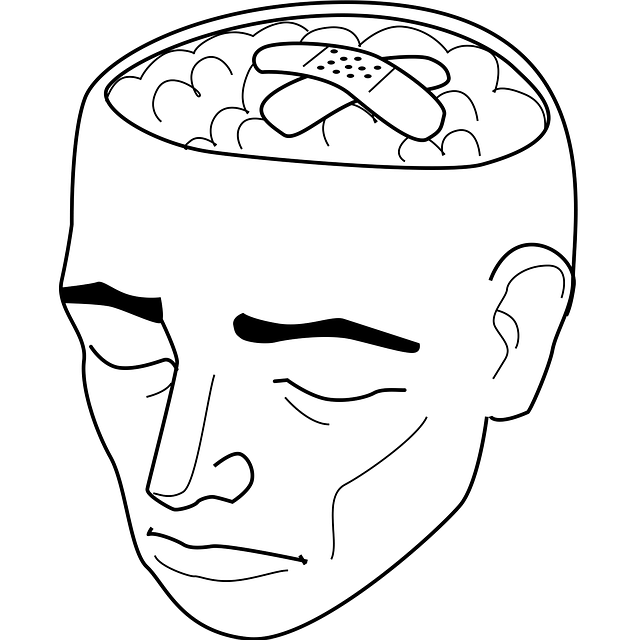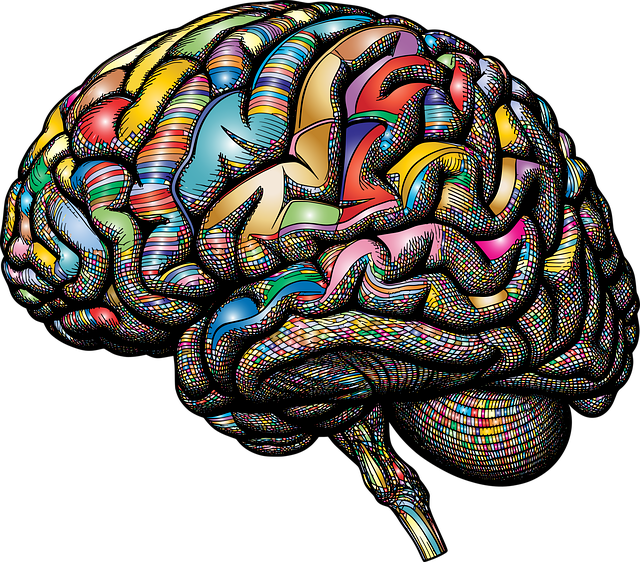Centennial Panic Disorder (CPD), affecting Gen Z and Millennials, is a complex anxiety condition characterized by intense panic attacks. Diagnosing CPD is challenging due to its gradual onset and overlapping symptoms with other mental health issues. Effective therapy for CPD combines cognitive-behavioral therapy (CBT) to challenge negative thoughts and manage stress through medication, retraining the brain's fear responses, and promoting emotional healing. Collaborative efforts between healthcare professionals and patients, including advanced assessments and open communication, improve diagnostic accuracy and enable personalized CBT or conflict resolution therapy for long-term management of CPD and anxiety attacks.
Mental illness diagnosis accuracy is a critical aspect of patient care, especially for conditions like Centennial Panic Disorder. This article explores the challenges in diagnosing this specific anxiety-related disorder and delves into innovative therapy approaches to manage anxiety attacks effectively. We discuss enhancing diagnostic accuracy through comprehensive strategies involving healthcare professionals and patients, focusing on improving outcomes for those struggling with Centennial Panic Disorder. Key topics include the latest research and patient-centric care models.
- Understanding Centennial Panic Disorder: Symptoms and Challenges in Diagnosis
- Innovative Therapy Approaches for Effective Anxiety Attacks Management
- Enhancing Diagnostic Accuracy: A Comprehensive Approach involving Healthcare Professionals and Patients
Understanding Centennial Panic Disorder: Symptoms and Challenges in Diagnosis

Centennial Panic Disorder (CPD) is a complex mental health condition characterized by recurrent and intense anxiety attacks that can significantly impact an individual’s daily life. The disorder, as the name suggests, often presents in individuals born between 1980 and 2000, though it’s important to note that it can affect people across different age groups. Understanding CPD involves recognizing its unique set of symptoms, which may include rapid heartbeat, sweating, trembling, shortness of breath, and an intense fear of losing control or dying. These symptoms can be overwhelming and often lead to avoidance behaviors, further exacerbating the challenges in diagnosis.
The diagnostic process for CPD is not without difficulties. The condition’s onset tends to be gradual, with anxiety escalating over time, which can make it hard to distinguish from general anxiety disorders or other mental health issues. Many individuals with CPD also struggle with self-care practices due to the debilitating nature of their symptoms, impacting their ability to function normally in various settings. Effective therapy for CPD often involves a combination of cognitive-behavioral therapy (CBT) and medication, focusing on both anxiety relief and stress management techniques. CBT helps individuals challenge negative thought patterns and face fears head-on, while medication aids in managing intense symptoms, enabling those with CPD to regain control over their lives.
Innovative Therapy Approaches for Effective Anxiety Attacks Management

The management of anxiety attacks, particularly those associated with Centennial Panic Disorder, has seen a surge in innovative therapy approaches that prioritize both mind and body. These advanced techniques go beyond traditional talk therapy to incorporate strategies such as mindfulness meditation and cognitive behavioral therapy (CBT), which have proven effective in retraining the brain’s response to stress and fear. By focusing on mental health awareness and emotional healing processes, these integrated methods empower individuals to gain control over their anxiety.
Incorporating mind over matter principles, many of these innovative therapies encourage patients to challenge negative thought patterns and replace them with positive affirmations. This cognitive restructuring not only enhances coping mechanisms but also fosters a deeper sense of resilience in the face of anxiety attacks. Through personalized treatment plans that combine traditional therapy with modern techniques, healthcare professionals are now better equipped to address Centennial Panic Disorder and Anxiety Attacks, ultimately leading to improved diagnosis accuracy and more effective long-term management.
Enhancing Diagnostic Accuracy: A Comprehensive Approach involving Healthcare Professionals and Patients

Improving diagnostic accuracy for mental health conditions like Centennial Panic Disorder and Anxiety Attacks is a multifaceted effort that requires collaboration between healthcare professionals and patients. A comprehensive approach involves integrating advanced assessment tools, continuous training for clinicians, and encouraging open communication between doctors and their patients. By fostering an environment where individuals feel comfortable discussing their symptoms honestly, healthcare providers can gain deeper insights into their patients’ experiences.
This enhanced understanding enables more precise diagnoses and tailored therapy plans, such as Cognitive Behavioral Therapy (CBT) for Anxiety Attacks or Conflict Resolution Techniques to address underlying issues. Building resilience and self-esteem improvement strategies are also integral parts of this process, aiming to equip individuals with the tools necessary to navigate their mental health journeys effectively.
The journey towards enhancing mental illness diagnosis accuracy, particularly focusing on Centennial Panic Disorder and its associated anxiety attacks, is an ongoing process. By combining comprehensive educational initiatives for healthcare professionals and patient-centric approaches, we can significantly improve diagnostic procedures. Innovative therapy methods, such as those discussed, offer hope and effective management strategies for individuals struggling with this disorder. Through collaborative efforts and a holistic understanding of Centennial Panic Disorder, we move closer to ensuring accurate diagnoses and improved patient outcomes.








